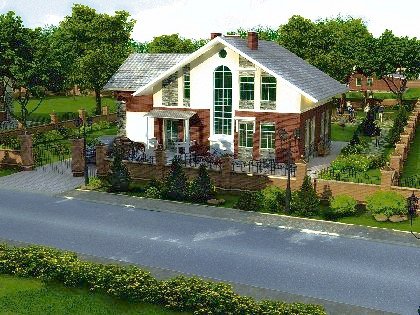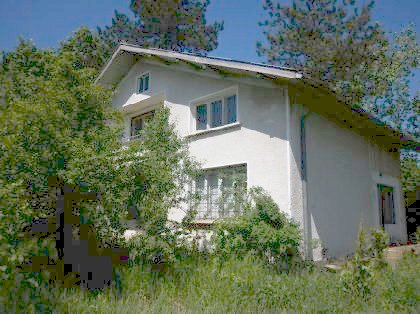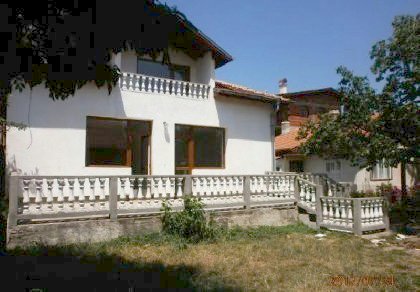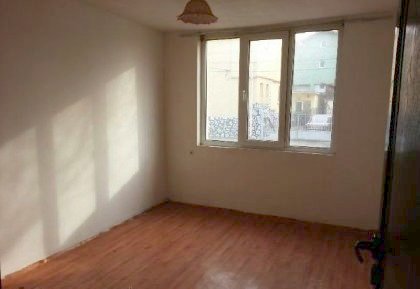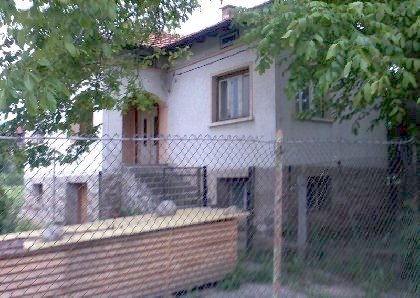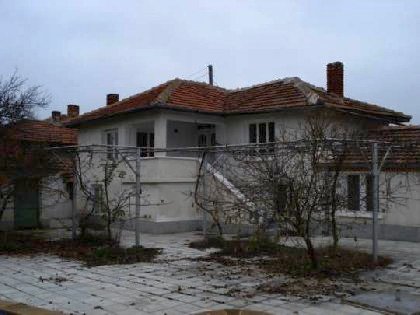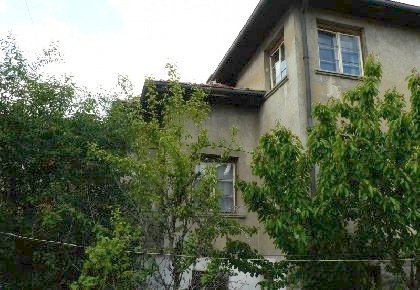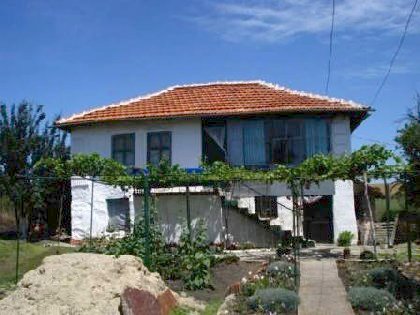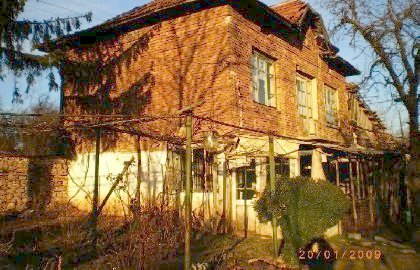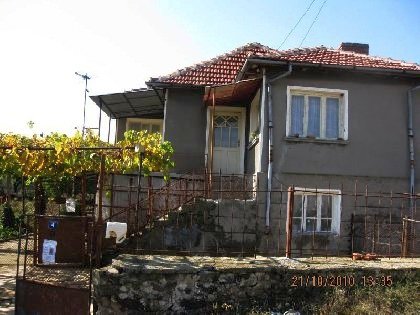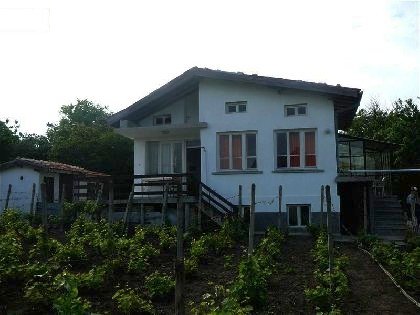
Home - Bulgaria locations - Kiostendil
Kiostendil
 Kyustendil region is situated in Sounthwestern Bulgaria part. It is bounded by the regions of Sofia, Pernik and Blagoevgrad, and its western boundary coincides with the Bulgarian national border with Macedonia and Serbia. The relief ot the region varies from fertile kettles and dales to hilly lands and mountains. The beautifil Stob earth pyramids, the Skakavitza Waterfall (70 meters high), the Rila National Park are among its beauties. It has a number of mineral springs, the most famous being in Kyustendil, Separeva Banya (the warmest in continental Europe) and others. The possibilities of specific fruit-diet therapy attract many Bulgarian and foreign visitors to Kyustendil region.
Kyustendil region is situated in Sounthwestern Bulgaria part. It is bounded by the regions of Sofia, Pernik and Blagoevgrad, and its western boundary coincides with the Bulgarian national border with Macedonia and Serbia. The relief ot the region varies from fertile kettles and dales to hilly lands and mountains. The beautifil Stob earth pyramids, the Skakavitza Waterfall (70 meters high), the Rila National Park are among its beauties. It has a number of mineral springs, the most famous being in Kyustendil, Separeva Banya (the warmest in continental Europe) and others. The possibilities of specific fruit-diet therapy attract many Bulgarian and foreign visitors to Kyustendil region.
The climate in Kyustendil is traditionally continental with Mediterranean influence. The mild weather is largely due to the beneficial effect of the mountains that surround the plain from the north, east and west. The average annual temperature is 11 C.
The Skopje-Sofia and Nis-Bosilegrad-Kyustendil highways cross the region. Town of Kyustendil is connected with the other parts of the country by bus and railway transport. There is regular bus line with the capital Sofia, as well as with all neighboring towns Pernik, Dupnitsa, Blagoevgrad and etc. The town is a main stop on the line Sofia – Kyustendil – Gyueshevo.
Kyustendil is one of the most ancient towns in Bulgaria. The mineral springs of the region attracted the Thracian tribes, which in 5 th-4 th century B.C. founded here a settlement. During the 1 century the Romans turned it into an important fortress, trade venue, and renowned spa resort. They called it Pautalia. In 4 th century the fortress Hissarlaka was built. In 1019 in the Charter of the Byzantine emperor Vasilii II the town was mentioned by the name Velbajd. It was integrated to the Bulgarian State during the time of king Kaloian (1197 – 1207). Later in 16 th century the town was renamed as Kyustendil, by the name of the fudal ruler Konstantin Dragash. In the middle of the 15 th century the Turks began to colonize the town. During the Renaissance it rapidly developed and grew. Its inhabitants took active part in the ecclesiastical and national struggles.
 Kyustendil was liberated on the 29 of January 1878. After the liberation some of the crafts related to the Turkish markets declined, but tobacco production developed, as well as spa resort activity.
Kyustendil was liberated on the 29 of January 1878. After the liberation some of the crafts related to the Turkish markets declined, but tobacco production developed, as well as spa resort activity.
Remarkable sights of the town of Kyustendil today are the churches “St. George” (12th – 13th century), “St. Bogoroditza” (1816) and “St. Dimitar”, the Tower of Pirgov (16 th – 17 th c.), the Fetih sultan Mehmed mosque (1531), the wall of the hotel Devehani (1606), Lekarska house, the old school (1849). Here is situated also the Artistic Gallery of Vladimir Dimitrov Maistora.
Kadin Bridge
This is a medieval 100 m long bridge built over Struma River. The architecture of the bridge is a mixture of ancient, medieval and Renaissance elements, which are locally reproduced. There is a granite plate with an inscription in Turkish built in the southern part of the eastern parapet. This inscription says that the bridge was built in 1470. The name of the bridge is connected to the legends concerning its building. Today the bridge is a cultural monument of national significance.
Late Ancient and Medieval Fortress Hissarluka
The fortress was built at the end of 4th and the beginning of 5th century and was later readjusted during the 6th century. It was in use during the time of the First and Second Bulgarian State to be demolished in 15th century by the Turks.
The Fortress has a shape of an irregular polygon. It is 117 m by 175 m in size and its overall territory is 2.12 hectares. The fortress is protected by 14 towers. Within its fortified area are situated several public and residential buildings. The main gate is on the eastern wall.
The Acropolis of the ancient Pautalia and medieval Velbuzhd is one of the most significant fortresses on the territory of Bulgaria.
Kyustendil is the outgoing point to the beautiful Ossogovo Mountain with many sights of interests. At 13 km to the southeast of the town in Nevestino village is located Kadin (Nevestin) bridge over Struma River. 10 km north of the town is situated the village of Shishkovtzi. There is a rich collection of pictures of Vladimir Dimitrov Maistora. 39 km to the north is situated the historic Zemen Monastery, which frescoes are the most interesting monument from XIV century.
Along 22 km distance from the town of Zemen to the village of Rajdavitza, the Struma River has created a marvelous and picturesque gorge, called Zemenski gorge. It is a miniature copy of the Iskar gorge.
The small town of Rila, named after Rila Mountain is situated about 80km far away from Sofia city, 10km from Kocherinovo and 23km from the town of Doupnica. It is famous with the vicinity of Stob village and the nature phenomena – Stob’s pyramids, the world known Rila Monastery.
LATEST BULGARIAN PROPERTIES
NEWS
14/03/2011 Global investment Bulgarian property market will continue to recove...
Global investment Bulgarian property market will continue to recover and in 2011.The increasing activity will lead to a broader focus on developing and secondary property markets not only of the... read more
18/12/2011 BANSKO SKI RESORT 2012
Bansko is Winter resort Number 1 in Europe for 2012. This was announced with the last ranking ‘’The hottest 100 winter resorts’’ in the British newspaper ... read more
19/01/2012 Preparation of Tax Declaration and Annual Financial Report
From 01.01.2012 started the process for preparation of annual Financial Reports and Tax declaration.Our company Bulgarian House Ltd provides services including professional preparation of annual... read more